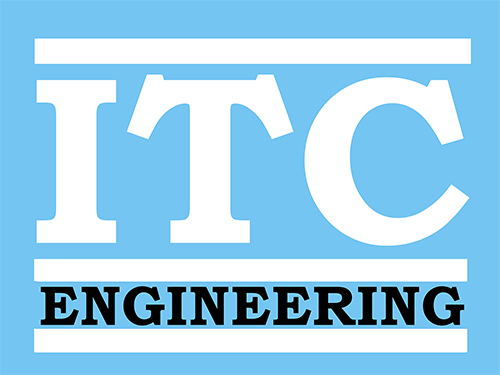Understanding the Basics of EMC Testing: A Beginner’s Guide
Electromagnetic Compatibility (EMC) testing ensures that electrical and electronic devices operate without emitting or being affected by unwanted electromagnetic interference (EMI). Understanding the basics of EMC testing is crucial for product designers, engineers, and compliance professionals. This guide provides an overview of EMC testing, its importance, and the fundamental concepts involved.
What is EMC?
Electromagnetic Compatibility (EMC) is the ability of electrical equipment and systems to function satisfactorily in their electromagnetic environment without introducing intolerable electromagnetic disturbances to anything in that environment.
Why is EMC Testing Important?
- Regulatory Compliance: Many countries require EMC testing to ensure that products meet specific standards before they can be marketed.
- Performance Assurance: Ensures that a product will function correctly in its intended environment without performance degradation.
- Safety: Reduces the risk of EMI affecting the performance of critical systems, such as medical devices and aviation electronics.
- Customer Satisfaction: Ensures a reliable and predictable product performance, leading to better user experiences.
Key Concepts in EMC Testing
- Electromagnetic
Interference (EMI): Any unwanted signal that
interferes with the normal operation of electronic devices.
- Radiated EMI: Emitted through the air.
- Conducted EMI: Emitted through electrical conductors.
- Susceptibility/Immunity: The ability of a device to operate without performance degradation in the presence of EMI.
- Emission: The generation of electromagnetic energy by a device, which can interfere with other devices.
Types of EMC Tests
- Emission
Testing:
- Radiated Emissions: Measures the electromagnetic energy radiated from a device.
- Conducted Emissions: Measures the electromagnetic energy conducted through power lines.
- Immunity
(Susceptibility) Testing:
- Radiated Immunity: Tests the device’s ability to withstand electromagnetic fields.
- Conducted Immunity: Tests the device’s ability to withstand disturbances conducted through power lines.
- Electrostatic Discharge (ESD) Testing: Evaluates the device’s resilience to static electricity discharges.
- Transient Immunity Testing: Assesses the device’s ability to handle sudden electrical disturbances.
EMC Testing Standards
There are numerous standards for EMC testing, which vary by region and application. Some well-known standards include:
- CISPR (International Special Committee on Radio Interference)
- IEC (International Electrotechnical Commission)
- FCC (Federal Communications Commission)
- MIL-STD (Military Standards)
The EMC Testing Process
- Pre-Compliance
Testing:
- Early-stage testing to identify and mitigate potential EMC issues during the development phase.
- Typically conducted in-house using less stringent methods and equipment.
- Compliance
Testing:
- Formal testing to verify that the product meets regulatory standards.
- Performed in accredited laboratories using precise and controlled methods.
Essential EMC Testing Equipment
- Anechoic Chambers: Rooms designed to absorb reflections of electromagnetic waves, providing a controlled testing environment.
- EMC Test Receivers and Spectrum Analyzers: Used to measure the level of EMI.
- Antennas and Probes: Tools for detecting radiated and conducted emissions.
- Line Impedance Stabilization Networks (LISNs): Used in conducted emissions testing to provide a consistent impedance and isolate the device from external noise.
EMC testing is a vital part of the product development cycle, ensuring that electronic devices meet regulatory requirements and perform reliably in their intended environments. Understanding the basics of EMC, the types of tests involved, and the standards governing these tests is essential for anyone involved in the design, development, or compliance testing of electronic products.
